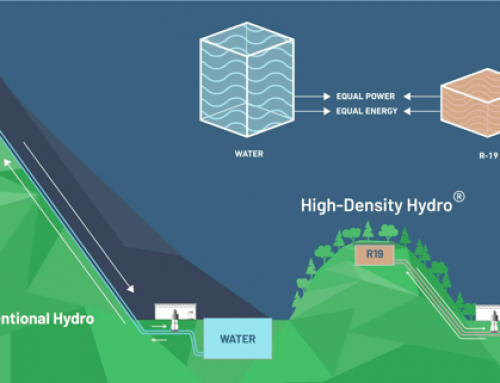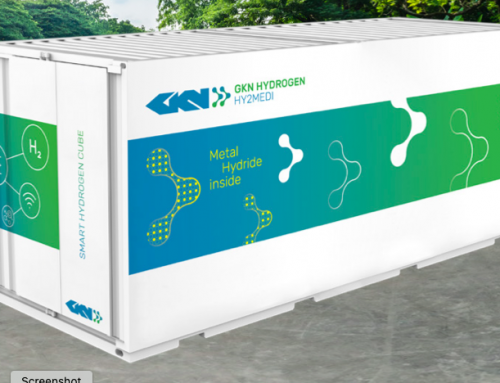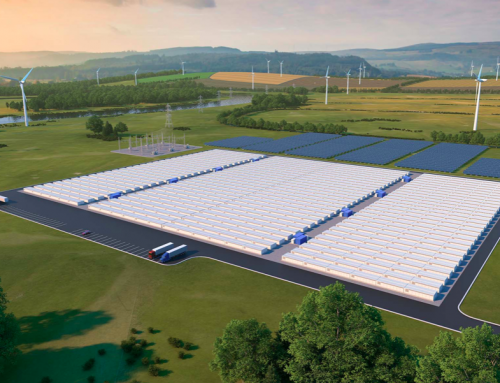By Julian Singer
On 8 February 2021 AMTE Power announced its intention to seek admission to trading on AIM. AMTE develops specialised lithium-ion batteries for particular niche markets. It was founded in December 2013 when it acquired the battery manufacturer AGM Batteries with its small-scale manufacturing plant in Thurso, Scotland.
AMTE is currently working on four batteries for four distinct markets. The Ultra High Power rechargeable battery is aimed at high performance hybrid vehicles, so is designed to release power at a very high rate. The batteries are quite small (22cm by 7cm and half a centimetre thick) but they can be combined and fitted as an addition on sports cars to give an extra boost of speed when needed. Prototypes have been made with commercial release expected in Q4 2021.

AMTE’s Ultra High Power battery (www.amtepower.com)
The Ultra Safe version is aimed at the energy storage market. It is particularly safe because it uses sodium rather than lithium and can operate in a wider temperature range. Sodium is also significantly cheaper than lithium. Although commercial release is not expected before Q3 2022, AMTE has already signed a memorandum of understanding with InfraNomics, an Australian company that develops renewable energy projects.
The Ultra Prime cell is intended to be installed at the bottom of oil and gas wells to power various sensors. It is non-rechargeable but is designed to operate for six years at temperatures up to 1250C. AMTE claim to have a seven-year development and supply agreement for this product with a major UK oil company.
Finally the Ultra High Energy version is a cylindrical rechargeable lithium-ion battery (2.12 cm in diameter and 7cm long) to be used in various industrial and consumer products, e.g. flashlights. It will be released in Q4 2021.
AMTE claims that out of five UK-based commercial battery manufacturers it is the second largest. However, the company’s growth is clearly limited by the production capability of its plant as well as the size of some of its markets. Two factors can take it beyond this. The first is a plan to build a “Gigafactory” – a facility that can produce 2GWh worth of batteries annually. The decision will not be taken until 2022, and will rely heavily on the support of the UK Battery Industrialisation Centre, with whom it has an access agreement.
UK BIC, part of the Faraday Battery Challenge, is a £130m 18,500 square metre facility in Coventry, with 90 engineers, technicians and consultants. It has facilities that allow potential UK battery manufacturers, researchers and users to test batteries and manufacturing procedures. It will also train engineers and technicians in this field.
The second factor lies in future battery design. The company has a technology development office in Abingdon and has strong links to QinetiQ, the Farnborough-based advanced technology company, and to Faradion, the Sheffield-based developer of sodium-ion batteries. CEO Keith Brundish and others worked previously for QinetiQ.
Since being established AMTE states that it has “..secured an aggregate of approximately £9.1m of equity finance, been directly awarded approximately £5.8m of public sector grants and has generated commercial income to date of approximately £2.5m”. It now hopes to raise £7m on admission to AIM.
Given the expected need for batteries, AMTE will certainly have no problem raising the cash, but will it succeed in moving beyond niche markets to large-scale battery manufacturing? The competition will be fierce, with almost all industrial countries supporting home grown gigafactories. Car manufacturers and storage companies may soon have a huge demand but they may also have plenty of choice.
The key may lie in finding an alternative to lithium that is not only cheaper but does not rely on mining exotic elements. Sodium is one possibility. The battery market is still wide open.





